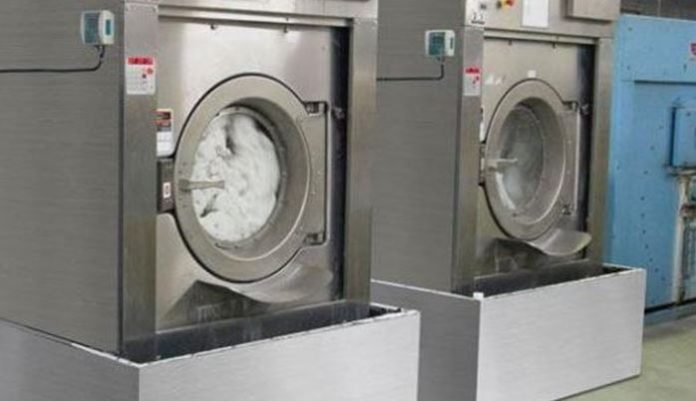
Oct. 18 (UPI) — Hospital bedsheets cleaned in commercial machines with industrial detergent at high disinfecting temperatures failed to remove all traces of a bacteria that causes infectious diarrhea in a new study.
Researchers concluded linens could be a source of infection among patients, and those infections could spread to other hospitals because the Clostridium difficile isn’t removed. The findings were published Tuesday in Infection Control & Hospital Epidemiology, the journal of the Society for Healthcare Epidemiology of America.
“The findings of this study may explain some sporadic outbreaks of C. difficile infections in hospitals from unknown sources, however, further research is required in order to establish the true burden of hospital bedsheets in such outbreaks,” lead author Dr. Katie Laird, head of the Infectious Disease Research Group at De Montfort University’s School of Phamacy in Leicester, United Kingdom, said in a SHEA press release. “Future research will assess the parameters required to remove C. difficile spores from textiles during the laundry process.”
Approximately two-thirds of the 500,000 C. difficile infections in the United States were associated with an inpatient stay, according to a study published in the New England Journal of Medicine.
But the risk from contaminated linens is minimal, the Centers for Disease Control and Prevention wrote in guidelines.
“Although contaminated textiles and fabrics in healthcare facilities can be a source of substantial numbers of pathogenic microorganisms, reports of healthcare-associated diseases linked to contaminated fabrics are so few in number that the overall risk of disease transmission during the laundry process likely is negligible,” the CDC wrote in its guidelines.
The CDC recommends linens in healthcare settings should be washed at a temperature of at least 160 degrees Fahrenheit for a minimum of 25 minutes and chlorine bleach used for an “extra martin of safety.”
In the study, researchers inoculated swatches of cotton sheets with C. difficile. Then they laundered sterile uncontaminated pieces of fabric and washed them in a simulated industrial washing cycle or from hospital sheets in a full commercial laundry.
Both laundering methods via a washer extractor process failed to meet microbiological standards of containing no disease-causing bacteria, the study found.
The simulated washer extractor cycle, with an industrial detergent, demonstrated survival of two strains of C. difficile and ribotype.
The full process reduced C. difficile spore count by only 40 percent. Before laundering, the count was 51 cfu per 25 cm2 and and after washing, drying and finishing, the spore load was 33.
Bacteria were transferred from the contaminated sheets to the uncontaminated sheets.
Potential C. difficile can be transferred back into the hospital environment, the researchers wrote.
Before and after washing, the C. difficile strain was identified as ribotype 001/072.





